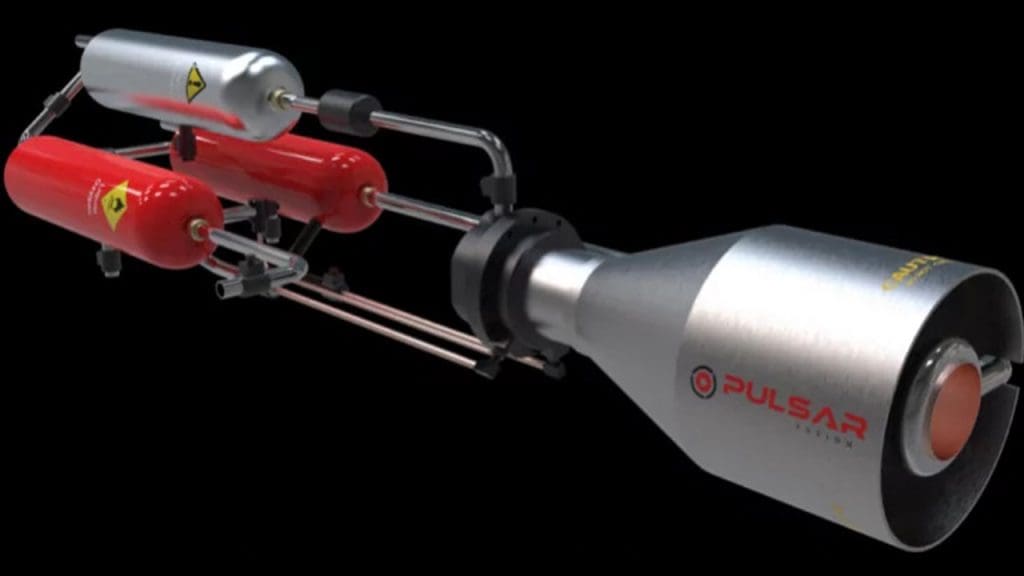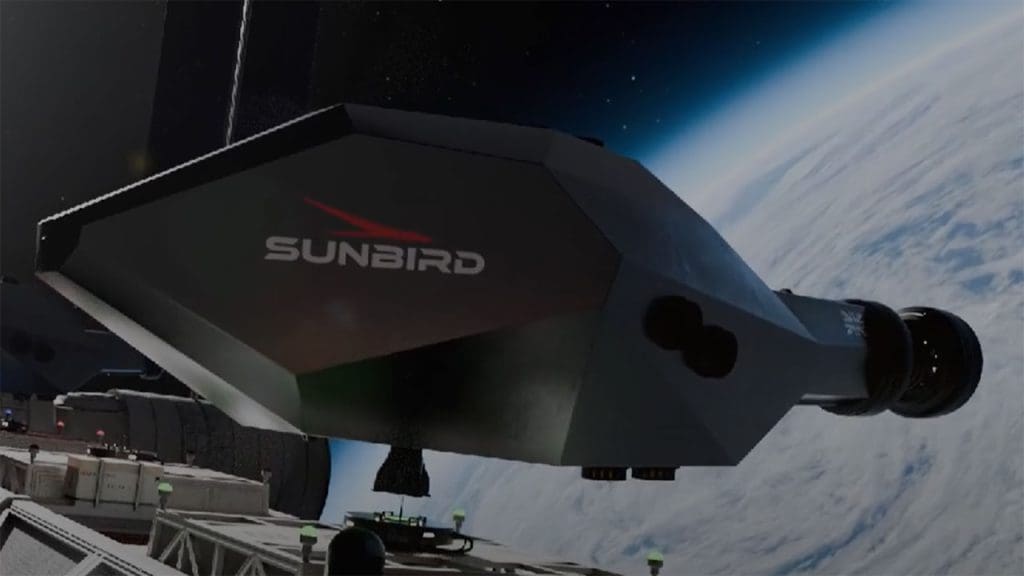
The Sunbirds Nuclear Fusion Rocket signifies a revolutionary advancement in space travel technology, potentially reducing travel time to distant planets significantly. By leveraging the power of nuclear fusion, this cutting-edge technology aims to transcend the limitations of current propulsion systems and transform our approach to exploring the cosmos.
The Science Behind Nuclear Fusion

Nuclear fusion, the same process that powers the sun, involves merging atomic nuclei to release vast amounts of energy. Unlike nuclear fission, which splits atoms and has been used in traditional nuclear reactors, fusion produces more energy and generates less radioactive waste. The promise of nuclear fusion lies in its ability to provide a nearly limitless and clean energy source, which could be groundbreaking for rocket propulsion.
Sunbirds’ technology harnesses fusion energy by utilizing advanced magnetic confinement methods to sustain the extreme temperatures and pressures necessary for fusion reactions. This process is essential for converting fusion energy into thrust, propelling a rocket with unprecedented efficiency. When compared to other propulsion technologies, such as chemical rockets and ion thrusters, fusion propulsion offers a significant leap in performance, potentially reducing travel time to Mars from several months to just a few weeks. For a more detailed exploration of how fusion propulsion can impact space travel, this article provides valuable insights.
Potential Impact on Space Travel

One of the most exciting prospects of fusion propulsion is the dramatic reduction in travel time to Mars and beyond. Traditional chemical rockets require extensive mission planning due to their long travel durations and limited payload capacities. In contrast, fusion-powered rockets could enable more frequent and flexible missions, supporting both robotic and crewed exploration. The reduced travel time not only enhances the feasibility of manned missions to Mars but also opens up opportunities for exploring more distant planets.
Furthermore, fusion propulsion can significantly increase payload capacity and energy efficiency in space missions. By delivering more thrust with less fuel, fusion rockets can carry larger payloads, facilitating the transport of essential supplies for long-term human habitation on other planets. This advancement in propulsion technology could redefine mission logistics, allowing for more comprehensive scientific investigations and the establishment of sustainable human settlements beyond Earth. The potential of nuclear fusion in reshaping our future in space is further examined in this publication.
Challenges and Considerations

Despite its potential, achieving sustainable nuclear fusion in a rocket engine poses significant technical challenges. Maintaining the extreme conditions necessary for fusion reactions requires advanced materials and engineering solutions. Additionally, ensuring the safety of nuclear-powered space travel is paramount, necessitating robust regulatory frameworks to address potential risks.
The development and deployment of fusion rocket technology also involve substantial cost implications. Securing funding for research, testing, and implementation is critical to overcoming these challenges. Collaborations between government space agencies, private companies, and international organizations are essential to share resources and expertise. For an in-depth discussion on the technical and financial considerations of fusion propulsion, this book offers a comprehensive overview.
Sunbirds’ Role and Future Prospects

Sunbirds, a pioneering company in the field of fusion propulsion, has been at the forefront of developing this transformative technology. With a team of experts dedicated to advancing nuclear fusion, Sunbirds has made significant strides in designing fusion rocket engines capable of sustaining long-duration space missions. Their work is crucial in realizing the vision of faster and more efficient space travel.
Collaboration is key to the success of Sunbirds’ endeavors. By partnering with space agencies and private companies, Sunbirds aims to combine expertise and resources to accelerate the development and deployment of fusion rockets. Prospective timelines for testing and implementation are ambitious, with plans to conduct experimental launches within the next decade. For more information on Sunbirds’ innovative approach and future plans, this resource provides an insightful look into their contributions to fusion rocket technology.
Broader Implications for Humanity

The advent of nuclear fusion propulsion could redefine humanity’s place in the universe by enabling more extensive exploration of our solar system and beyond. As we expand our reach into space, ethical and philosophical questions arise about our responsibilities in utilizing this powerful technology. Ensuring that the benefits of fusion propulsion are shared globally requires international cooperation and the establishment of treaties to promote peaceful and sustainable exploration.
Moreover, the potential for nuclear fusion to revolutionize energy production on Earth cannot be overlooked. As we strive to address the challenges of climate change and energy scarcity, fusion offers a promising solution with its clean and abundant power. The fusion of space exploration and sustainable energy development represents a pivotal moment in human history. The implications of these advancements are further discussed in this article, which explores the broader impact of Sunbirds’ technology on our future.